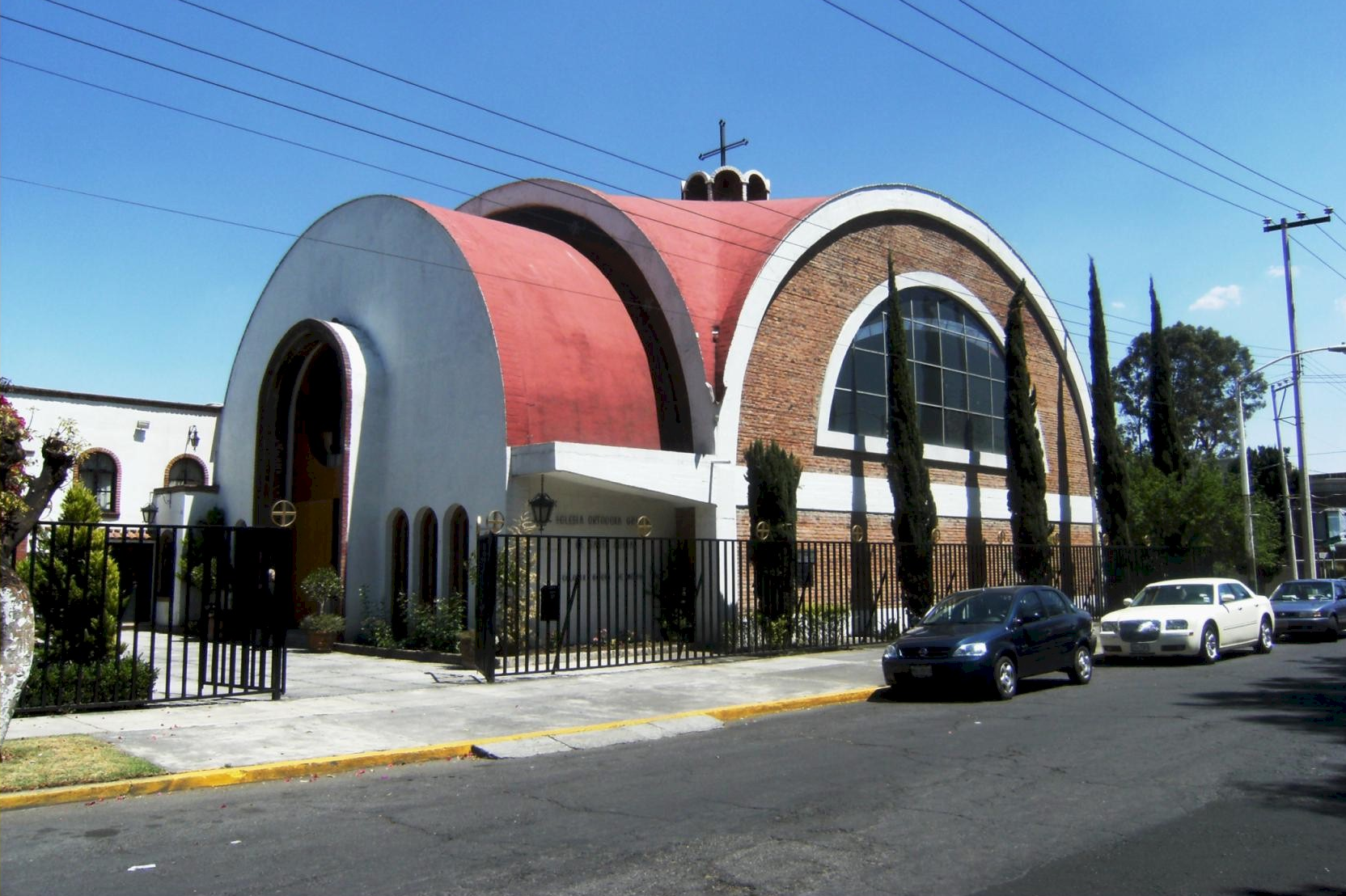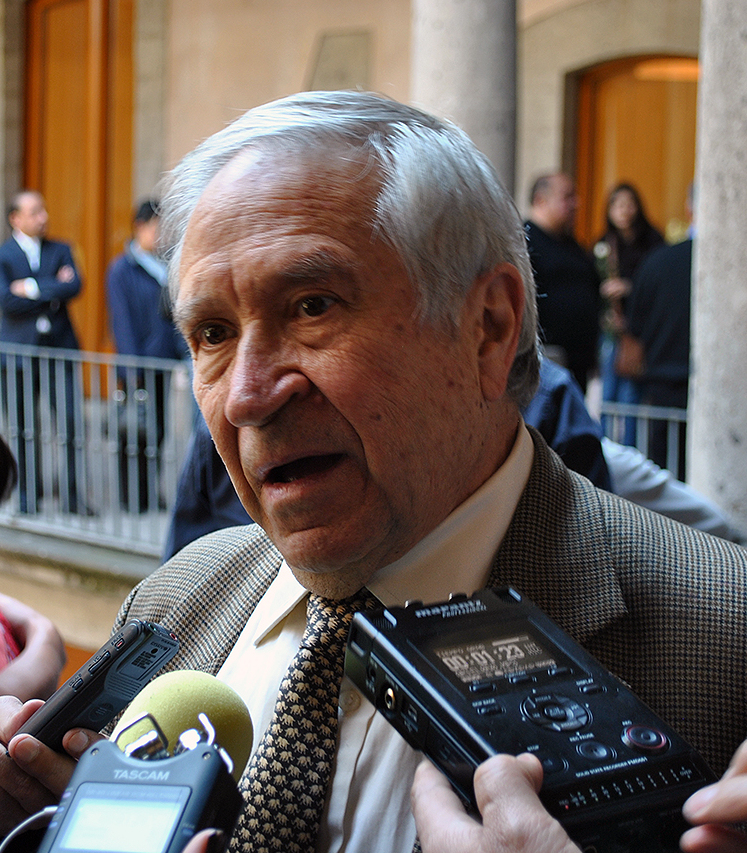Greek Mexicans on:
[Wikipedia]
[Google]
[Amazon]
Greek Mexicans ( Greek: Ελληνομεξικανοί) are people of whole or partial Greek descent living in Mexico. The largest Greek communities are in
 Around 250 Greek Mexican families, or 1,500 individuals, live in and around
Around 250 Greek Mexican families, or 1,500 individuals, live in and around
 *
*
Comunidad Helenica de Mexico
Greek community of Mexico
The Greek side of Mexico: "The Greek Side of Mexico"Casa Helenica de Guadalajara, AC
{{Greek diaspora
Mexico City
Mexico City ( es, link=no, Ciudad de México, ; abbr.: CDMX; Nahuatl: ''Altepetl Mexico'') is the capital and largest city of Mexico, and the most populous city in North America. One of the world's alpha cities, it is located in the Valley o ...
, Naucalpan, Guadalajara
Guadalajara ( , ) is a metropolis in western Mexico and the capital of the list of states of Mexico, state of Jalisco. According to the 2020 census, the city has a population of 1,385,629 people, making it the 7th largest city by population in Me ...
, and Sinaloa
Sinaloa (), officially the Estado Libre y Soberano de Sinaloa ( en, Free and Sovereign State of Sinaloa), is one of the 31 states which, along with Mexico City, comprise the Administrative divisions of Mexico, Federal Entities of Mexico. It is d ...
. Smaller numbers of Greeks can be found in Aguascalientes
Aguascalientes (; ), officially the Free and Sovereign State of Aguascalientes ( es, Estado Libre y Soberano de Aguascalientes), is one of the 32 states which comprise the Political divisions of Mexico, Federal Entities of Mexico. At 22°N and ...
, Acaponeta, Tepic
Tepic () is the capital and largest city of the western Mexican state of Nayarit, as well as the seat of the Tepic Municipality.
Located in the central part of the state, it stands at an altitude of above sea level, on the banks of the Río Mo ...
, and Pachuca
Pachuca (; ote, Nju̱nthe), formally known as Pachuca de Soto, is the capital and largest city of the Mexican state of Hidalgo. It is located in the south-central part of the state. Pachuca de Soto is also the name of the municipality of whic ...
.
History
Greeks have immigrated to Mexico since the 18th century, with the largest influx arriving in the mid-20th century and settling in Mexico City, Sinaloa state, and border cities. While many had left Greece due to war, political instability and economic problems in Greece, the Mexican government also offered incentives for Greeks to work in Mexico, specifically in Sinaloa. During the 1940s, the Mexican government invited a large number of Greeks to Sinaloa to improve harvest of tomatoes. Soon the Greek community became so large that the area around the Tamazula, Humaya, and Culiacán rivers became known as the "Valle de Grecia" (“Valley of Greece”). Today, Sinaloa has a heavy Greek presence, and Greek surnames are very common in the state. Greek Mexican families can also be found in other major cities around the republic, such as Mexico City and Guadalajara. Most Greeks that arrived in Mexico City went to live in La Merced neighborhood and formed a community around Calle Academia or Academia Street. They had many businesses catered to Greek immigrants as well as for other immigrants and locals.Figures
Statistics regarding the exact number of Greek people in Mexico vary greatly, especially due to the different numbers for native-born Greeks and for Mexican citizens of Greek descent. The only official number is of native-born Greeks, which stood at 298 at the time the Mexican nationalcensus
A census is the procedure of systematically acquiring, recording and calculating information about the members of a given population. This term is used mostly in connection with national population and housing censuses; other common censuses incl ...
of 2000. When including descendants of Greeks, published estimates range from 1,000 to 4,000 individuals.
The General Secretariat for Greeks Abroad estimates that only 1,000 Greeks live in Mexico. On the other hand, according to the Greek Ministry of Foreign Affairs, the number stands at about 4,000, including descendants of Greeks. In agreement with the estimate by the Greek Ministry of Foreign Affairs, Elena Stamatiadou, president of the Comunidad Helenica de Mexico in Mexico City, estimated that there are at least 1,500 Greek families living in Mexico. Stamatiadou stated that most families are of second and third-generation ethnic Greeks from Euboea
Evia (, ; el, Εύβοια ; grc, Εὔβοια ) or Euboia (, ) is the second-largest Greek island in area and population, after Crete. It is separated from Boeotia in mainland Greece by the narrow Euripus Strait (only at its narrowest poin ...
, Greece's second largest island. A lower estimate of 300 families was published in ''Greece Now'' magazine in 2004. Other sources report significant numbers of immigrants from Cyprus
Cyprus ; tr, Kıbrıs (), officially the Republic of Cyprus,, , lit: Republic of Cyprus is an island country located south of the Anatolian Peninsula in the eastern Mediterranean Sea. Its continental position is disputed; while it is geo ...
and mainland Greece.
Communities
Greektown in Mexico City
Thousands of Greeks immigrated to Mexico City and formed a community on and around Calle Academia or Academia Street in the La Merced neighborhood. Many families had businesses that catered to Greek families as well as others such as nearby Turkish, Lebanese, Jewish, Armenian, Syrian, Italian, Spanish, Portuguese, Chinese, Japanese and local families in the area. Pita Bread and Gyro style cooking styles heavily influenced Mexican gastronomy, especially in Mexico City. After two generations the families prospered and moved to other parts of the city and suburbs such as Naucalpan where they built the largest Greek Orthodox Church in the country. The Legacy of the Greektown or Barrio Griego is close to gone today as migrants from other parts of Mexico, especially Oaxaca, have moved in as La Merced is the "port of entry" for many migrants from other parts of the world as well as every corner of Mexico. Today, around Mexico City, many families are found in the more affluent southern neighborhoods but many younger Greek-Mexicans live in trendier neighborhoods such as La Roma, Polanco, Zona Rosa, Napoles and Santa Fe while many others have been returning to the Historical Center as well.Sinaloa
The state ofSinaloa
Sinaloa (), officially the Estado Libre y Soberano de Sinaloa ( en, Free and Sovereign State of Sinaloa), is one of the 31 states which, along with Mexico City, comprise the Administrative divisions of Mexico, Federal Entities of Mexico. It is d ...
has the largest Greek community in all of Mexico, with estimates in the capital city of Culiacán standing at 2,000 individuals. Greeks can also be found in the cities of Mazatlán
Mazatlán () is a city in the Mexican state of Sinaloa. The city serves as the municipal seat for the surrounding ''municipio'', known as the Mazatlán Municipality. It is located at on the Pacific coast, across from the southernmost tip of ...
, Guamúchil, Guasave, and Los Mochis. Culiacán is home to the Comunidad Helénica of Culiacán (Hellenic Community of Culiacán).
Naucalpan
 Around 250 Greek Mexican families, or 1,500 individuals, live in and around
Around 250 Greek Mexican families, or 1,500 individuals, live in and around Mexico City
Mexico City ( es, link=no, Ciudad de México, ; abbr.: CDMX; Nahuatl: ''Altepetl Mexico'') is the capital and largest city of Mexico, and the most populous city in North America. One of the world's alpha cities, it is located in the Valley o ...
. A major centerpiece of the Greek community of the Greater Mexico City area is the Greek Orthodox Church of Santa Sofia in Naucalpan, Mexico State
The State of Mexico ( es, Estado de México; ), officially just Mexico ( es, México), is one of the administrative divisions of Mexico, 32 federal entities of the United Mexican States. Commonly known as Edomex (from ) to distinguish it from th ...
. The church also serves as the home for the Comunidad Helenica de Mexico (Hellenic Community of Mexico}.
Guadalajara
Guadalajara
Guadalajara ( , ) is a metropolis in western Mexico and the capital of the list of states of Mexico, state of Jalisco. According to the 2020 census, the city has a population of 1,385,629 people, making it the 7th largest city by population in Me ...
is home to around 230 Greeks. It is also the home of the Casa Helenica de Guadalajara (Hellenic House of Guadalajara) and the Amigos de Grecia (Friends of Greece), which organize community events and offers Greek classes to the public. Colotlán
The municipality of Colotlán is in the northern extremity of the Mexican state of Jalisco. The municipality covers an area of approximately 505 square kilometers. Colotlán is located at .
It stands at above sea level.
Colotlán is bordered ...
, Jalisco has its own Greek community.
Numbers
Notable people
 *
*Homero Aridjis
Homero Aridjis (born April 6, 1940) is a Mexican poet, novelist, environmental activist, journalist and diplomat known for his rich imagination, poetry of lyrical beauty, and ethical independence.
Family and early life
Aridjis was born in Contepe ...
- writer and diplomat
*Mauricio Aridjis - writer
*Los Chicharrines - comedians
*Crisantes - singer
*Constantino Costas - actor
*Lambrina Kolioussi - of UNAM
The National Autonomous University of Mexico ( es, Universidad Nacional Autónoma de México, UNAM) is a public research university in Mexico. It is consistently ranked as one of the best universities in Latin America, where it's also the bigges ...
and the Hellenic Community of Mexico
*Lampros Kontogiannis
Lampros Kontogiannis Gómez ( el, Λάμπρος Κοντογιάννης Γκόμεζ; born 1 August 1988) is a Mexican professional footballer who plays as a centre-back.
Club career
Kontogiannis began his career with Segunda División sid ...
- football
Football is a family of team sports that involve, to varying degrees, kicking a ball to score a goal. Unqualified, the word ''football'' normally means the form of football that is the most popular where the word is used. Sports commonly c ...
player
* Sofía Lama - actress
*Enrique Metinides
Jaralambos Enrique Metinides Tsironides (12 February 1934 – 10 May 2022) was a Mexican photographer. He began working with photography as a child when his father gave him a camera. Soon he began taking photos imitating popular action movies a ...
- photographer
*Felipe Muñoz
Felipe Muñoz Kapamas (born February 3, 1951) is a Mexican former breaststroke swimmer. He competed at the 1968 and 1972 Summer Olympics and won a gold medal in the 200 m event in 1968. Since 2008, he is the President of the Mexican Olympic Co ...
Kapamas - 1968 Olympic gold medalist and head of the Olympic Committee of Mexico
* Plotino Rhodakanaty - anarchist
* Dimitrios Sarrás - actor and director
See also
* Greece–Mexico relationsReferences
External links
Comunidad Helenica de Mexico
Greek community of Mexico
The Greek side of Mexico: "The Greek Side of Mexico"
{{Greek diaspora
Mexico
Mexico (Spanish: México), officially the United Mexican States, is a country in the southern portion of North America. It is bordered to the north by the United States; to the south and west by the Pacific Ocean; to the southeast by Guatema ...
European Mexican
Immigration to Mexico